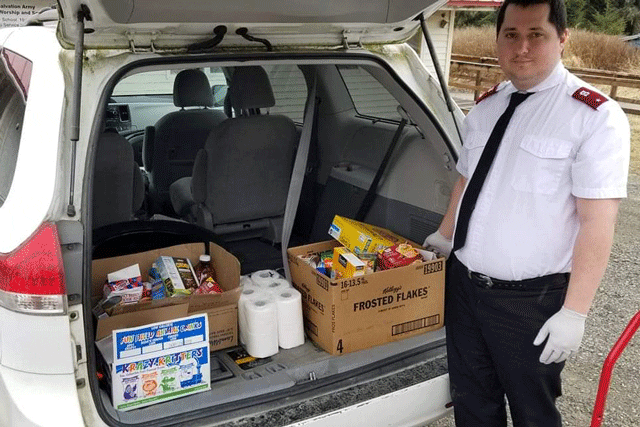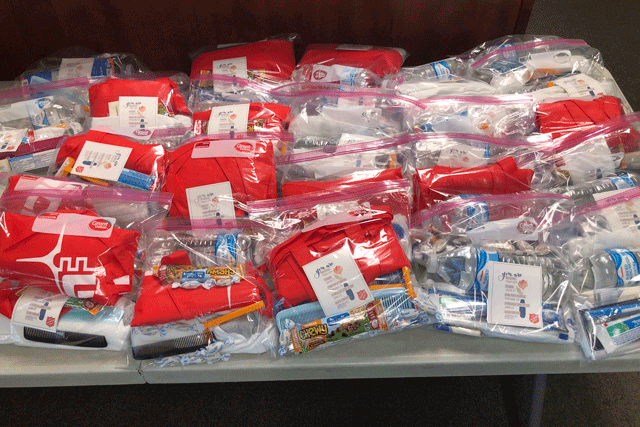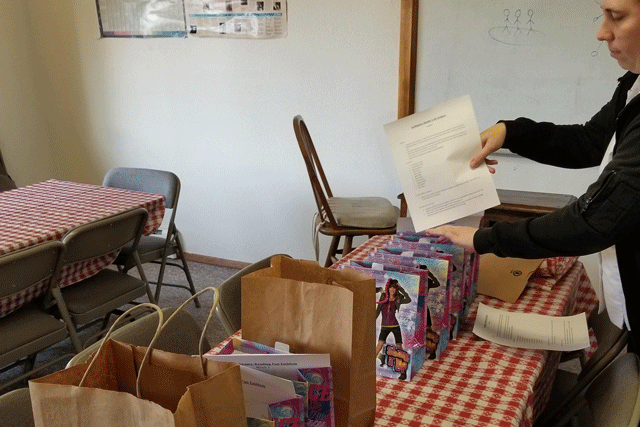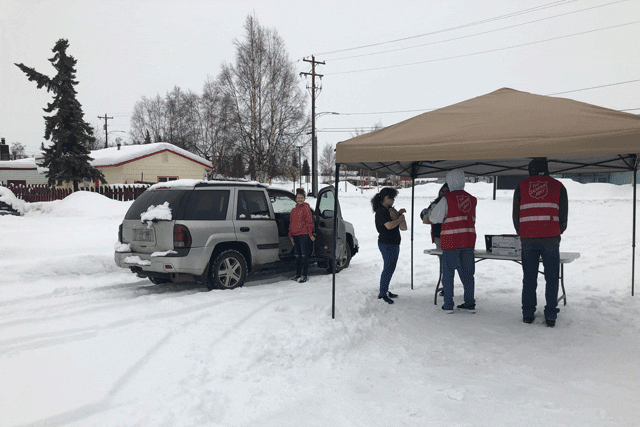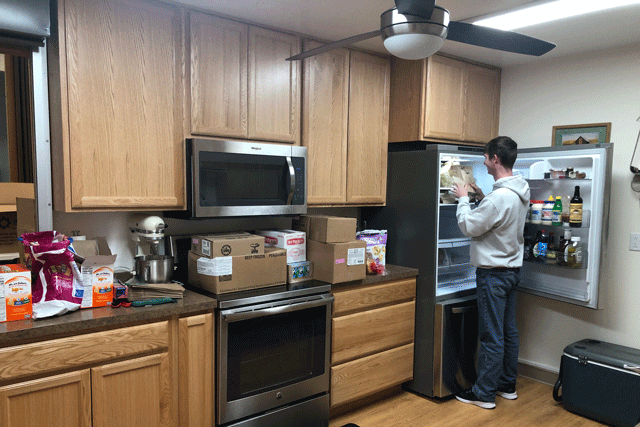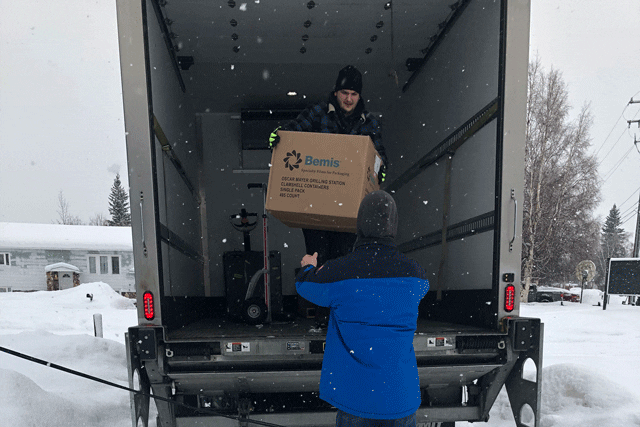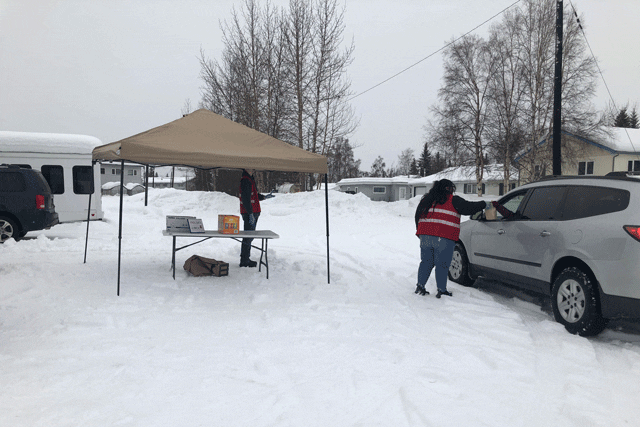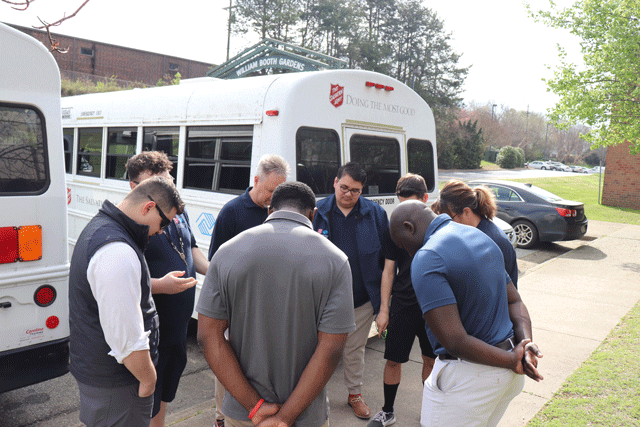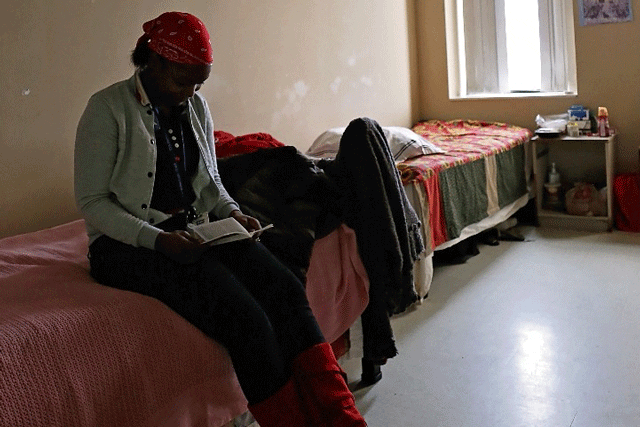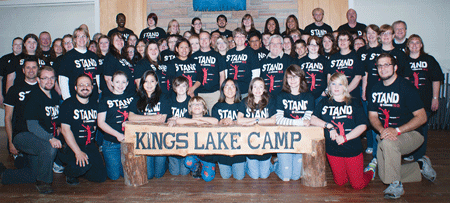Alaska Salvation Army seeks to ensure “Hope is Greater Than Fear” for Alaskans in need.
While COVID-19 took a while longer to invade Alaska than the rest of the United States, it’s there now. The state reported 59 confirmed cases as of March 25, with cases as far north as Fairbanks (eight cases) and the North Pole (three cases). The Alaska Governor has mandated social distancing and no gatherings of more than 10 people, and the Mayor Of Anchorage proclaimed a city-wide “Hunker Down” order.
The Salvation Army knew the crisis was coming and prepared for it. Alaska Divisional Commander Major John Brackenbury said the Army in Alaska closely watched what was happening elsewhere.
“With regard to COVID-19, we are presently in planning and preparedness mode,” he said earlier this week. “Currently, many other states are experiencing a high amount of community spread issues whereas Alaska’s cases are minimal and have been primarily from those who have traveled out of state. We know it’s coming our way; we are preparing based on what we learn from communities in the lower 48.”
Like the rest of the country, Alaska schools are now closed and people have stripped store shelves of essential items. With an increase in need throughout the state, The Salvation Army is seeking to ensure “Hope is Greater Than Fear” for Alaskans in need.
In Anchorage, Alaska’s largest city, The Salvation Army programs has seen the need for food services double, with one-third of recipients reporting COVID-19 related circumstances, such as job loss, as the reason. In two days, Ketchikan Corps Officers provided the same number of food boxes that would have normally lasted a month. Mat Su Valley Corps Officers had the same occurrence over a period of four days.
Last week, Juneau Corps Officers saw an increase from approximately 35 households per week to 90 households with requests for rice and pilot bread. They also served three times the amount of meals in one day than they usually serve.
“Many Southeast Alaska communities are facing food insecurity issues, not only from the current pandemic, but, on an ongoing basis. Last year, the Alaska Marine Highway System was down for a significant amount of time, which limited our ability to get food to the more remote Corps,” Brackenbury said.
Southeast Alaska Corps have been grouped into command centers to more efficiently provide services to nearby communities. Ketchikan has been actively taking food requests over Facebook messenger and they are working toward providing requested food boxes to the nearby Metlakatla Indian Community. In their own community, they have been providing twice the amount of daily to-go lunch meals than usual and making sure they are meeting the need with food boxes.
The Klawock Corps began delivering food boxes the week of March 16 to Klawock and Craig, and they plan to increase these deliveries. They are also providing clients with commodities during specific weekday office hours, using appropriate sanitation and social distancing. In addition, they delivered 11 troop program kits to children since they are unable to hold normal troop meetings.
Farther north, the Fairbanks Corps is conducting a sack lunch drive-through Monday–Friday, distributing 35–45 food bags, along with frozen dinners they’ve received from donors. The local food bank is providing donations to increase the program.
The Anchorage, Klawock and Mat Su Valley corps began streaming church services March 22 on their local Salvation Army corps Facebook pages. Many communities in Southeast Alaska are unable to stream due to slow internet speeds. Corps members in these locations are encouraged to view the available online services, and corps officers in these communities and throughout the state are taking phone calls and emails from those seeking emotional and spiritual guidance.
Major Gina Halverson, Juneau Corps Officer, shared this thought when asked about her experience during this crisis: “COVID-19 may be keeping people six feet apart; however, the hearts of our community continue to pull together to help others in need.”
With reporting by Lessa Peter
HOW TO HELP:
- If you’d like to make a monetary donation, please click here to make a gift.
- Text ‘GIVE’ to 52000 to make a $10 donation to The Salvation Army. This will automatically add a one-time donation to your next mobile phone bill.
- For information about volunteering, please visit volunteer.usawest.org.
- To learn more about how to support The Salvation Army’s relief efforts, please click here.











